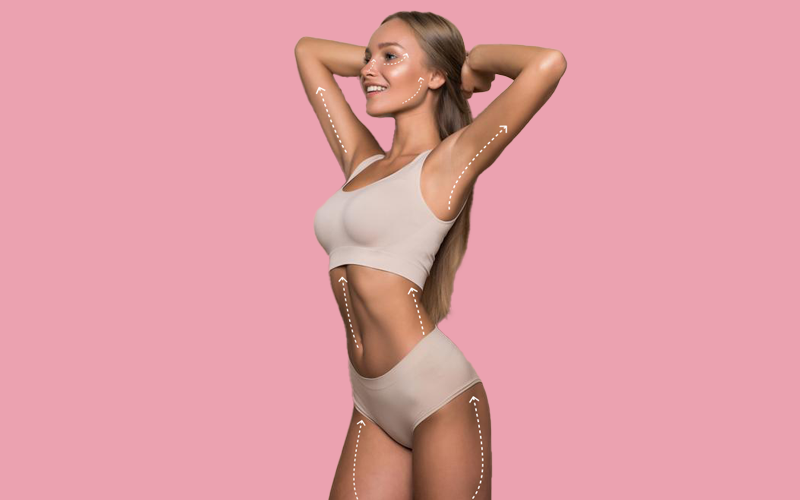The legs are an important part of our body, especially for women, in order to look beautiful. If we take it as a whole, excess fat in the knees, thighs in the upper legs, thick wrists or crooked legs are the most common complaints that we encounter with the desire for aesthetic correction. There are various techniques and methods for each problem.
Leg Aesthetics
Legs are an important area especially for women in order to look beautiful in our body. If we take it as a whole, excess fat in the knees, thighs in the upper legs, thick wrists or crooked legs are the most common complaints that we encounter with the desire for aesthetic correction. There are various techniques and methods for each problem.
Many problems can be eliminated with leg aesthetics. It is possible to correct crooked or thin legs in surgery with implants. After leg aesthetics, arrangements are possible with the transfer of fats that cause the leg to be crooked or thin. In addition, if there are imbalances due to fat, Liposculpture or fat transfer method can be used for this situation. Thinning can be done for those who complain of thick legs. In addition to these applications, thinning or thickening can be performed in the ankles and knee area according to the determined measurements.
Before all these procedures, it is imperative to be examined by a plastic surgeon and the physician should determine what can be done and what should be done before and after.
Filler injection leg aesthetics, Aqualift brand filler provides permanence for up to 5 years after injection. The biggest advantage of these fillers is that results can be obtained immediately without a non-surgical recovery period. The person can continue his/her normal life on the same day. Generally, 100 ml application into each leg provides a satisfactory fullness. The biggest disadvantage is that they are not permanent.
Leg aesthetics with stem cell fat injection, fat transfer with stem cells must be performed in a hospital. The anaesthesia procedure varies according to the volume of fat tissue to be transferred. Most of the time, local anaesthesia or local anaesthesia accompanied by sedation can be used. Fat tissues taken from excess fatty areas of the body are separated and 300ml of pure fat tissue and stem cells can be isolated. 60-70% of the injected fat is permanent. If this permanent fullness is less than the desired fullness, fat injection may be required again.
Leg Prosthesis
Leg aesthetics with leg prosthesis, Leg prosthesis application from these methods both provides the desired fullness and is a permanent method. Leg prostheses can be made of silicone, symmetrical or asymmetrical, in various sizes and volumes. The prosthesis can be placed only on the inner side of the leg or on both sides according to the person’s preference. Leg prostheses are usually placed bilaterally on the inner side of the leg. Generally, the prosthesis is selected according to the length of the person’s leg length and leg thinness. The upper part of these prostheses, that is, the area that comes to the muscle head, is full, and as the prosthesis descends to the area near the ankle, it decreases and becomes thinner. In this way, patients gain the inner leg and calf fullness that they complain about the most.
The legs that are desired to be thinned and shaped are much easier than the thickening process. The area with excess fat is inside the knee, thighs, wrists, etc. It offers the opportunity to remove fat even in areas that are difficult to reach with the lipomatic system.
After leg aesthetics, the healing process varies between 5 days and 2 weeks depending on the operation application the patient has undergone.



